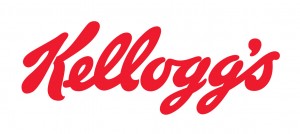Kellogg in the omelet business?
I love social media. I do. It is changing the marketing landscape. Not always for the better, but that’s okay, we can learn from our mistakes. The key is to use it.
One of the areas in which I think social media is misused is cause marketing – specifically when paired in transmedia programs tied to advertising and promotion. Case in point: In an article in yesterday’s New York Times, there was a story about the Kellogg Company getting behind a very important cause – feeding impoverished kids breakfast. Kellogg is said to be donating $200,000 across the country to feed school kids healthy breakfasts. Yesterday was National Breakfast Day. The cause was clearly a good one.
Where it gets a little hinky and bit forced is when Kellogg campaigns (verb) the effort and promotes a social activity called “Share your breakfast.” For each picture of a breakfast uploaded to the Kellogg www.shareyourbreakfast.com website a breakfast will be donated to an under-served school. The program will be promoted via traditional advertising, digital, event, mobile and the rest of the kitchen sink. There will be a long table TV spot, free breakfasts in Grand Central Station and a bunch of agencies sharing media plans. According to Kellogg this is their largest integrated program yet.
I truly applaud the “feed the under-served” intent, though $200,000 wouldn’t pay for half the TV spot production. That said, the total program is a bit like an undercooked omelet prepared with a bunch of back-of-the-refrigerator ingredients. The initial idea was a good one no doubt, but the transmedia requirement took it way off the rails. The cause component would have been better handled as a solo PR effort. Perhaps next year will be tighter. Peace!


